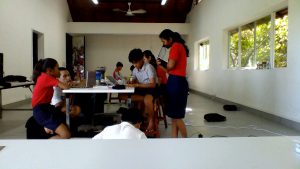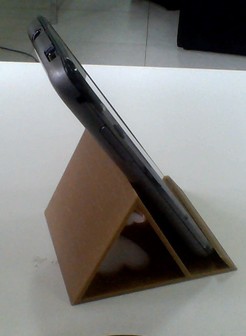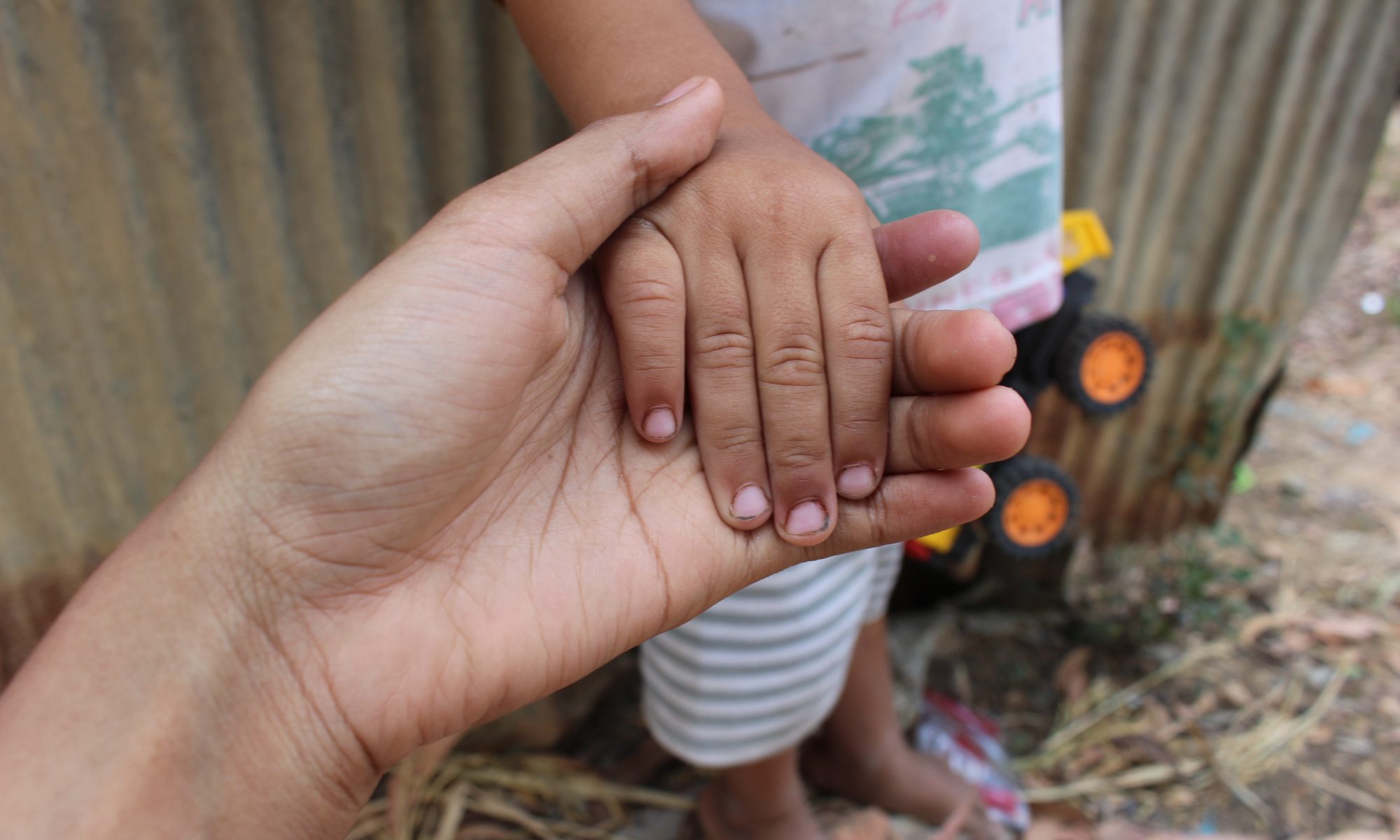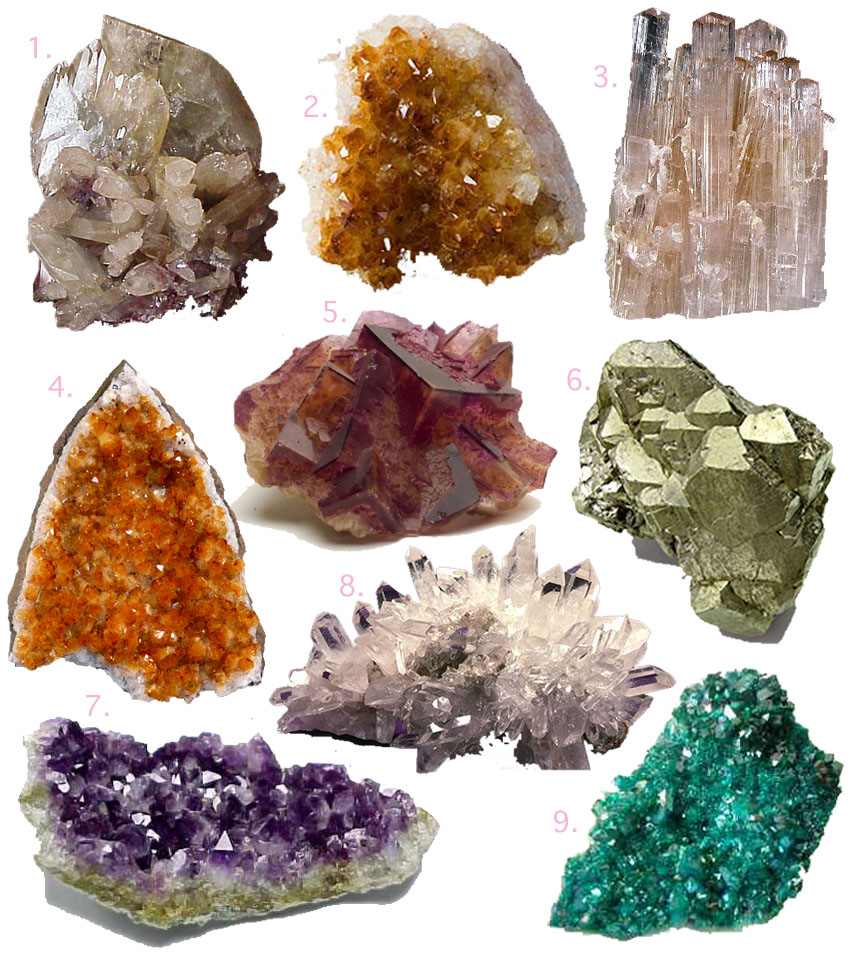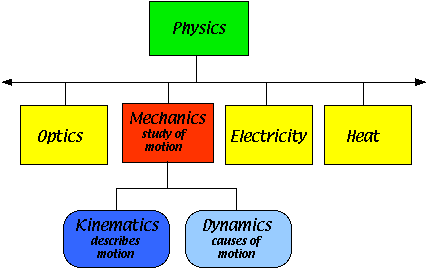Exploration Name: Cambodia Tropical Forest Ecology (Eco 4)
Date: August 13 – October 03
Number of student: 12
Essential Questions:
- How are organisms and the non-living environment interconnected in the world around us?
- What is the value of TROPICAL FOREST for Cambodia?
- How do humans IMPACT tropical ecosystems in Cambodia?
- How can we use our knowledge about ECOLOGY to help improve Cambodia?
Trips:
Kong Kong ( 1 week)
Phnom Tamao Wildlife Rescue Center (1 day)
Description:
In Cambodia Tropical Forest Ecology we studied about the Ecosystems in Cambodia and all around the world. We also learned about the many Ecological Relationships in ecosystems.
In this exploration we want to change Cambodia by giving Cambodian people the knowledge about the forest and the animals in Cambodia from our experience. We also want to protect the animals in Cambodia from the hunter also to help save the endangered animals.
Our exploration took a trip to Koh Kong to learn more about forest in Koh Kong. When we were there we went into the forest and we slept at the campsite.On our trip we walked in the forest, swam at the waterfall and slept in the forest. We also went to Mangrove forest and then we came back to Liger. We also took a trip to Phnom Tamao Wildlife Rescue Center to learn about the siamese crocodile and the moon bear and sun bear. At there we met a lot of people from Free The Bears and Flora Fauna International and they taught us about the animals in the zoo.
In the classroom we learned a lot of things and we worked on projects in small groups. Our projects were about Ecological Relationships, different biomes around the world, Food Web in Koh Kong, Makey Makey Project, and Science Museum Blog. Our highlights are to understand how important the plants and animal are. Also to know about different organizations that help the animals and to understand clearly about their goal and how can they help Cambodia.
Here some of the link that I been did in class:
https://docs.google.com/a/ligercambodia.org/document/d/1P6C9M0zz_Ig6o4XztwR_FeBAGdtC3nC6PgNQMsZKIH0/edit#
https://docs.google.com/a/ligercambodia.org/document/d/1FGK3ewhQDy6FOb7teCpZrqEUIgeYhtl4eJZv3KLDz3o/edit
My exploration have been created the blog about our class:
cambodiaforestecology.ligercambodiablog.org
